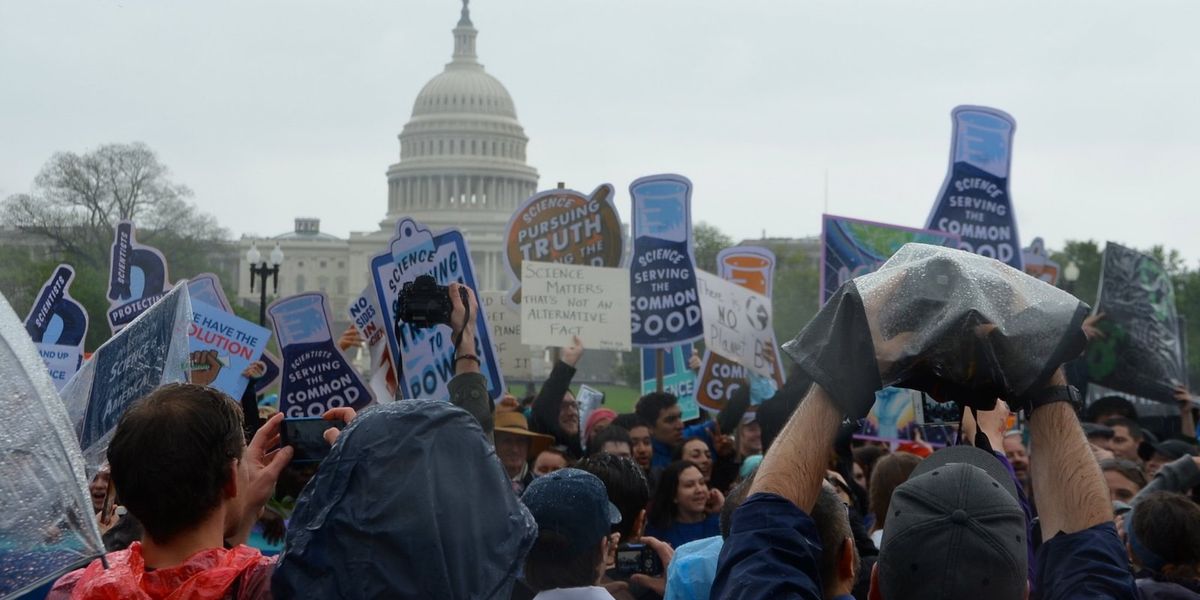
Billions in farm disaster aid may bypass those hit hardest by climate change
Extreme weather destroyed more than $20 billion in U.S. crops last year, but a new federal aid program may favor industrial farms over small and specialty growers.
Ayurella Horn-Muller reports for Grist.
In short:
- Farmers lost over $20.3 billion in crops and rangeland in 2024 due to extreme weather, with Texas, Minnesota, and California among the hardest hit.
- Of the $31 billion in emergency relief Congress approved, the USDA has begun distributing $10 billion primarily to large commodity producers using a formula that excludes many small and uninsured farms.
- The remaining $21 billion in aid, meant for weather-related losses, lacks a firm timeline and could leave underserved farmers waiting or entirely excluded.
Key quote:
“My question to the Trump administration would be, ‘How much do we have to spend as a society, bailing out people, rebuilding and putting public funds into rescuing people, citizens? What does that price tag have to be before climate change is understood as real, and a public threat, a threat to our future?’”
— Daniel Spatz, Arkansas farmer
Why this matters:
As climate change escalates the frequency and intensity of extreme weather events, from prolonged droughts in the West to historic floods in the Midwest, American farmers are bearing the brunt—both in their fields and on their balance sheets. Yet the government programs designed to cushion those blows are revealing sharp disparities. The result is a growing vulnerability for the very farms that help diversify the American food supply and bolster local food security. As climate disruptions become more common, this structural imbalance not only jeopardizes the survival of small farms but could also narrow the variety and resilience of foods available on American tables, with ripple effects for nutrition, ecological health, and rural economies.
Related: Farmers face funding cuts as Trump administration reconsiders climate-linked grants














